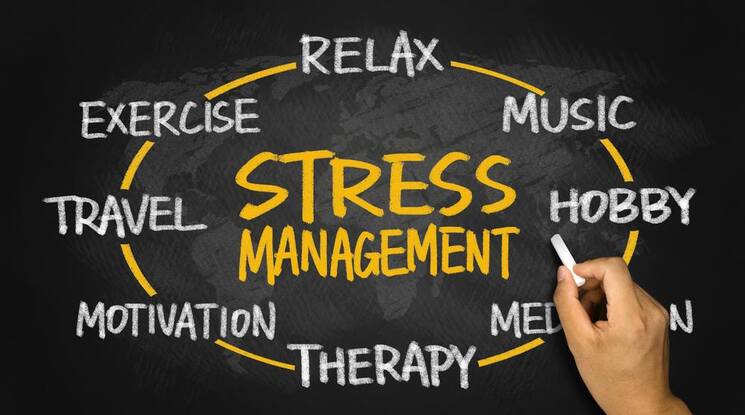In the hustle and bustle of daily life, stress can take a toll on both the mind and body. However, the solution might be as simple as taking a deep breath. This article explores six active breathing exercises designed to reduce stress and promote a sense of calm. Whether you’re looking for quick techniques or more extended practices, these exercises offer a pathway to relaxation in the midst of life’s chaos.
Diaphragmatic Breathing: The Foundation of Calm:
Start with diaphragmatic breathing, a foundational technique for stress reduction. Inhale deeply through the nose, allowing the diaphragm to expand, and exhale slowly through pursed lips. This active practice engages the diaphragm, promoting a sense of calm and reducing stress hormones in the body.
Box Breathing: Creating Balance with Symmetry:
Box breathing, also known as square breathing, involves inhaling, holding, exhaling, and pausing in equal counts. This active and symmetrical pattern calms the nervous system, reducing anxiety and promoting a sense of balance. It’s a versatile technique that can be practiced anywhere, providing instant stress relief.
Alternate Nostril Breathing: Harmonizing Energies for Relaxation:
This active yoga-inspired breathing exercise involves alternating nostrils during inhalation and exhalation. It helps balance the right and left hemispheres of the brain, fostering a sense of harmony and reducing stress. The rhythmic flow of breath through each nostril is a powerful tool for relaxation.
4-7-8 Breathing: The Calming Power of Numbers:
Inhale for a count of four, hold for seven, and exhale for eight. This active breathing technique, popularized by Dr. Andrew Weil, induces a natural tranquilizing effect on the nervous system. Practice this exercise regularly to establish a sense of calm and improve overall well-being.
Breath Counting: Mindful Awareness for Stress Reduction:
Active mindfulness meets controlled breathing in this exercise. Simply count each breath, aiming for a relaxed and steady rhythm. Focusing on the breath promotes present-moment awareness, reducing stress and encouraging a sense of tranquility.
Lion’s Breath: Releasing Tension with Playful Exhalation:
Embrace the playfulness of Lion’s Breath, an active yoga breathing exercise. Inhale deeply through the nose, then forcefully exhale through an open mouth while sticking out the tongue. This dynamic release of breath helps release tension, stress, and pent-up emotions.
FAQs Section:
Can these breathing exercises be done anywhere?
Absolutely. These exercises are versatile and can be practiced anywhere, providing quick stress relief at home, work, or on the go.
How often should one practice these breathing exercises for maximum benefit?
Incorporating these exercises into daily life is ideal. Even a few minutes a day can significantly reduce stress and improve overall well-being.
Can these exercises help with specific stress-related symptoms like headaches or muscle tension?
Yes, these breathing techniques are known to alleviate symptoms like headaches and muscle tension by promoting relaxation and reducing stress hormones.
Are there any precautions for individuals with respiratory conditions?
Individuals with respiratory conditions should consult a healthcare professional before starting these exercises. Some techniques may need to be modified based on individual needs.
Can these breathing exercises be effective for chronic stress?
Yes, regular practice of these breathing exercises can be highly effective in managing chronic stress, promoting relaxation, and improving overall mental well-being.
Conclusion:
Breathing is a powerful tool for stress reduction, and these six active techniques offer a diverse range of options for individuals seeking relaxation in their busy lives. From the simplicity of diaphragmatic breathing to the playfulness of Lion’s Breath, incorporating these exercises into daily routines can pave the way for a calmer, more centered existence. Take a moment, breathe deeply, and let stress melt away with these accessible and effective techniques.










